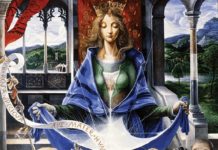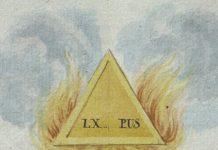Milko Bogaard is largely known for his series on the history of the FUDOSI affiliated Orders. His series covered the early days of the Martinist Order, the Order of the Lily and Eagle, the Polaire Brotherhood and several others. Recently Milko finished two major contributions to the series, which have become books covering detailed histories on AMORC and the Rite of Memphis Misraim (Egyptian Masonry) from their early days until today.
Aside from his writings, Milko is a personal friend and brother in Rosicrucian Masonry. I decided to do an interview with my oldest friend to talk about his original series and recently released book. These five questions were put to Milko:
1) Why did you start writing the FUDOSI series?
It all began when U discovered a website called (in Dutch) “Geschiedenis van de Mystieke en Occulte Broederschappen” (History of the Mystical and Occult Brotherhoods) from the Belgian historian Marcel Roggemans . I started to translate some sections of his website into English. But i also started to add my own research into the translations. The first text i translated was the chapter on the F.U.D.O.S.I. This federation of Initiatiory Orders & Societies that was founded in Belgium in 1934 consisted of all the more well-known Western Orders (RC, Martinist, Masonic). The following text i worked on and that was published on Mr. Roggeman’s website was about the Martinist Order and its history. So the journey started. That was around 1997. Circa ten or eleven years the final paragraph was written of the FUDOSI series. As a matter of fact, the main drive to write the series was that there was not a lot of documentation available in the English language on these Organisations. The bulk of it was, and still is, written in French, some in the Spanish or Italian language and that’s about it. The Internet forums i visited at the time were all in English. I already wrote some minor articles and i started to have fun in writing and i started to have fun in the hunt; the hunt for information (research). You have to love history, but that’s obvious. So simply put, i thought it would be a good idea to make the historical information that was derived from French, Italian sources etc. available to the English speaking communitiy. Nothing less, nothing more..
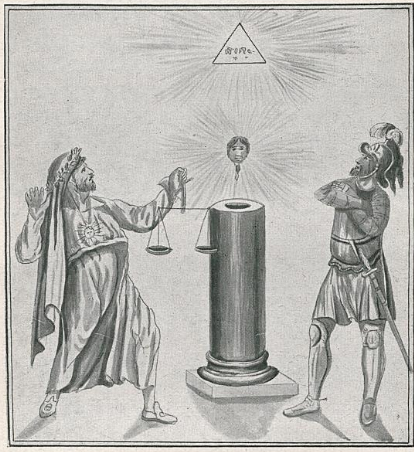
Fig 1: Ritual of the Sages of Hermes Germany
2) Of the FUDOSI Orders, which is most interesting to you and lineage-wise most ‘legitimate’ in your view?
To be honest, i wouldn’ t know which of these groups is the most interesting- I have been a member of some of these groups and all i can say that they all have something which is appealing, and there’s something to find in (probably) all of these groups, to each its own i guess… (On a side-note; ritual-wise it seems that the Fraternite de Polaires had very impressive rituals. Unfortunately, i have not been able to find some more detailed info on these rituals) It’s the same story Lineage-wise – all of these groups developed out of the Occult revival at the end of the 19th century, even the majority of all the MM groups have a lineage which starts with John Yarker… Most of the founders were former members of the Theosophical Society. Paris of the 1880s & 90s was the city where it all happened, where most of these groups find their origin. Remember, each Order has its traditional history and then there is what i would call their factual history. The Traditional history always has a lineage which is rather doubtful and with some groups just a sheer fantasy. But that’s okay, (man loves a mistery), the trad. history has a lineage which i would refer to as a “spiritually inclined affiliation”. Returning to the factual history, basically the Martinist Order of Papus & Chaboseau is the main source of all these groups, all the FUDOSI groups had connections to the M:::O::: (through its founder, Grand Master or otherwise). B.T.W. anyone who’s interested in this subject should read the book “Occult Paris” by Tobias Churton. The influence of these groups on our modern day society should not be underestimated, especially the mark they left on our culture (painting, theatre, music, literature) is bigger than you would expect…
3) Why write an entire volume just on Memphis Misraim and what role does it play in FUDOSI?
It’s not just on the MM, simply put there’s much information available on the MM out there – For instance, if you only take the Rites which have a website; with the information that is available on these sites you could already write a book that is as thick as mine. Basically, i wrote a historical treatise on each and every Order that participated within the Federation – some of these are just a rather brief historical outline that could be published as an article (Societe Alchimque de France, Order of the Lily & the Eagle), while others have the volume of a book (AMORC, MM, Gnostic Church, M.O.)
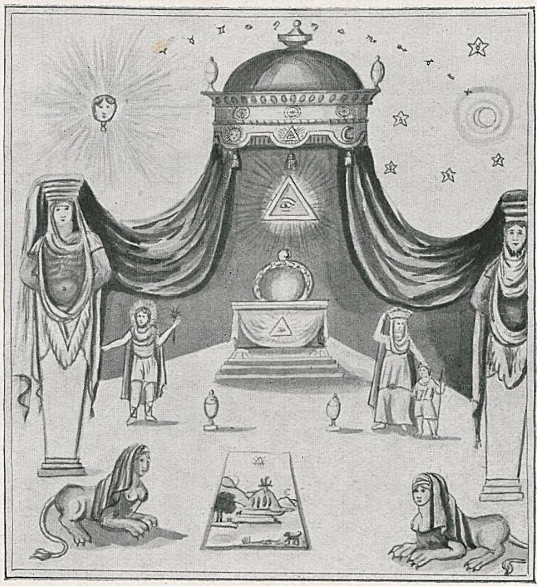
Fig 2: Ritual of the Sages of Hermes Germany
4) Is Memphis Misraim just a series of higher grades run by disorganized irregular masons or does the Egyptian Rite really have teachings?
Mmm, this is not an easy question – and neither is the answer. In the first place there are probably more Egyptian Masonic Obediences out there than there are football clubs in the English Major League, as a matter of fact, maybe even more than there are clubs playing professional football in the whole of the U.K. (a bit exaggerated but alas..). Do they all have the same teachings?, probably not. The teachings are concentrated in a system of degrees which is basically the same system as most of the Occult & Mystical brotherhoods are using, namely a general system of 10 degrees. Degrees such as the Rose-Croix degree of the Scottish Rite or the Knight of the Sun are often implemented in this system. Of course, the degrees may differ in the various groups. So it’s pretty well organized. As for the teachings, there are different paths which one can follow, depending which group one chooses to join. At the top of the apex of these groups are the famous AA degrees which reputation grew to mythical proportions during the last few decades. The historical tradition of Egyptian Masonry speaks about a system of teachings which was derived from Cagliostro but in reality this is hardly the case. The AA of most of the groups will teach a method to create a “body of light”, a method known also within many other non-Masonic groups. One has to understand that the MM in the beginning of the 20th century under Papus had to equip the members with a “masonic armerment”, a moral compass so to speak. The original French MM was part of a set of Orders and Societies, an “umbrella organisation” which consisted of the MM, OKR+C and Martinist Order. The MM was at the bottom of this organisation of Orders. Now let us return to the AA, if the AA was the pinnacle of all the Western esoteric teachings why would they present the AA to their members in an Order which was implemented as a kind of Atrium Order of an Umbrella Organisation of which, especially later, the Elus Cohen stood at its apex (among others)? Dr. Spock would tell you that this is “Illogical”… I rest my case.
5) Please tell us about your new book on Memphis Misraim?
As far as the contents are concerned, the book follows the classic composition of a historical work. As a matter of fact, a couple of years ago i received a letter from the French historian and author Gerald Galtier who published his “Maçonnerie Egyptienne, Rose-Croix et Neo-Chevalerie” back in 1989, a standard work on the subject of Egyptian Masonry. He had seen a small advertisement on one of your former websites where the FUDOSI papers were published. The ‘advertisement’ concerned the future publication of my book (this was 5 years ago or so) and it included the contents page with all its chapters etc. Mr. Galtier thought i had copied his book or something because the titles of my chapters and the sequence of the chapters were very similar to book. Btw He included his book with his letter so it wasn’t that he was very suspicious, on the contrary (as turned out later).
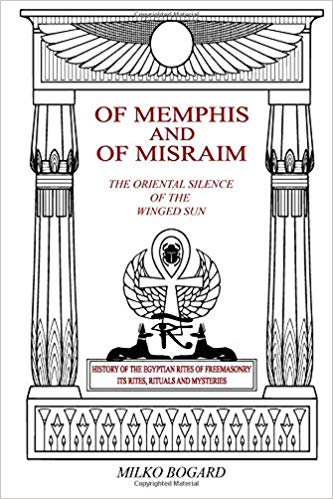 I have tried to implement historical witness reports, original manuscript fragment etc. as much as possible in this book. It doesn’t stop with history only. It includes an extensive part on all the Masonic Obediences i could discover at the time of writing (2005-2008). There are minor updates dated from 2014 and 2017 included in the original material. One has to understand that these obediences come and go, some only exist on the Internet, some are bogus organizations and so on… There’s also a part of the book dedicated to the symbology of some of Orders, and some information on their Lodge-work, teachings etc. This part mainly concentrates on the Egyptian part of the symbology concerned.
I have tried to implement historical witness reports, original manuscript fragment etc. as much as possible in this book. It doesn’t stop with history only. It includes an extensive part on all the Masonic Obediences i could discover at the time of writing (2005-2008). There are minor updates dated from 2014 and 2017 included in the original material. One has to understand that these obediences come and go, some only exist on the Internet, some are bogus organizations and so on… There’s also a part of the book dedicated to the symbology of some of Orders, and some information on their Lodge-work, teachings etc. This part mainly concentrates on the Egyptian part of the symbology concerned.
You can get a copy of the book by following this link here.
New readers, don’t forget to sign up to our blog to read other more interesting articles just like this. We’ll never send you marketing emails. Just a quarterly update on the most recent top post. Sign up if you love this reading and Pansophers!

